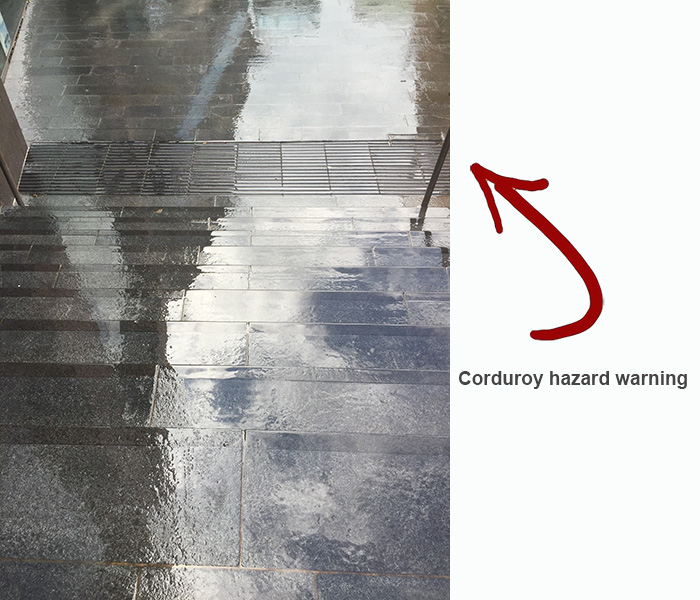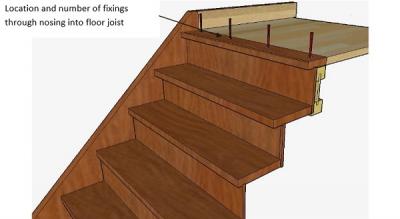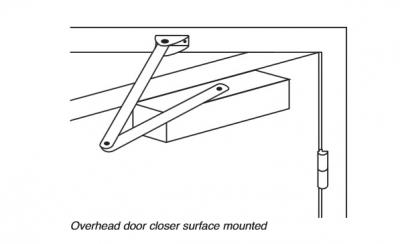Are your stair nosings distinguishable in all weathers?
Distinguishable stair nosings have been with us now since Approved Document M was first introduced in 1992.
In the last 24 years the document title itself has changed from ‘Access and facilities for disabled people’ to ‘Access to and use of buildings’ and has extended the requirements for public buildings to include new housing.
This has fostered a more inclusive approach to design that accommodates the needs of all people so that facilities are just as useful if you are pushing a pram, wheelchair or mobility scooter. Some of the requirements relate to outside the building and others to internal access, circulation and facilities.
One key area in design is consideration for those who may be partially sighted. There are many references within the document including manifestation to glazing, contrasting door furniture and door frames - all intended to make hazards more visible.
On staircases, there is a real risk of tripping and falling, so good visibility is very important.
Find out how accessible your building is - request an access audit
The relevant part of the Approved Document uses the wording that 'All nosings are made apparent by means of a permanently contrasting material 55mm wide on both the tread and riser.’
Much has been discussed about the meaning of the term ‘permanently contrasting’. Does it mean that it is always fixed to the stair or always contrasting?
Consider the conditions

How obvious are hazard warnings in wet weather?
It’s a little more obvious why the requirement is in place when you consider the question “should it be permanently contrasting in all types of weather?” The contrasting nosings are normally quite clear in dry conditions and are lit at night time, but in bright wet weather the reflection from the sky makes it difficult to see where the steps are.
Anyone partially sighted would find this almost impossible.
The steps shown in the picture above have corduroy hazard warnings at the top and bottom of the flight and handrails on both sides, so there is warning of the steps and something to hold onto while navigating them.
These steps don’t form part of the access to the ‘principal entrance’ or an escape route, but the reality that materials may look completely different when they are wet should always be taken into consideration when selecting finishes.
Local authority building surveyors are experts in the ins and outs of Part M so if you need advice on any area of inclusive design contact your local team.
Sign up to the building bulletin newsletter
Over 48,000 construction professionals have already signed up for the LABC Building Bulletin.
Join them and receive useful tips, practical technical information and industry news by email once every 6 weeks.
Subscribe to the Building Bulletin




Comments
Add new comment